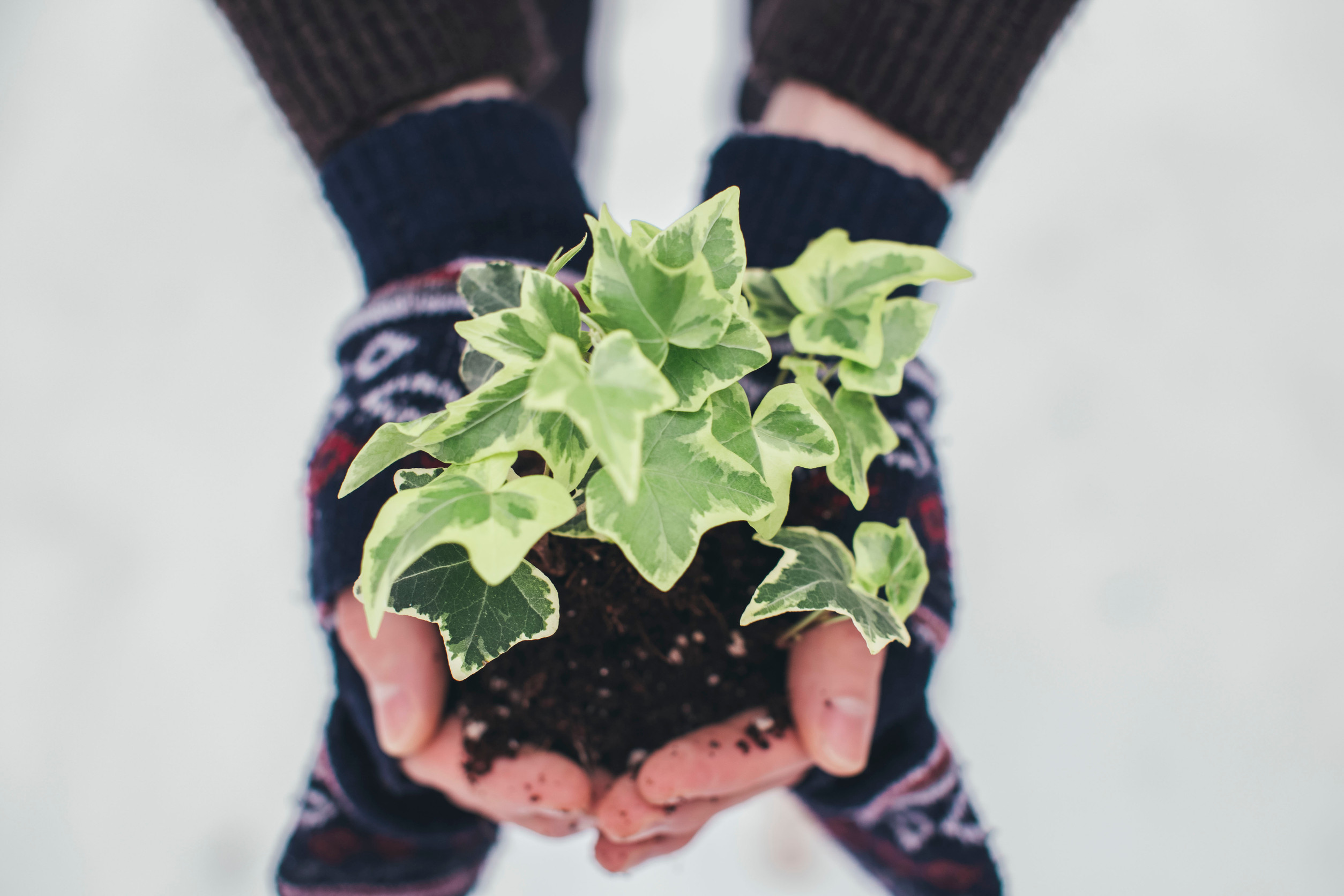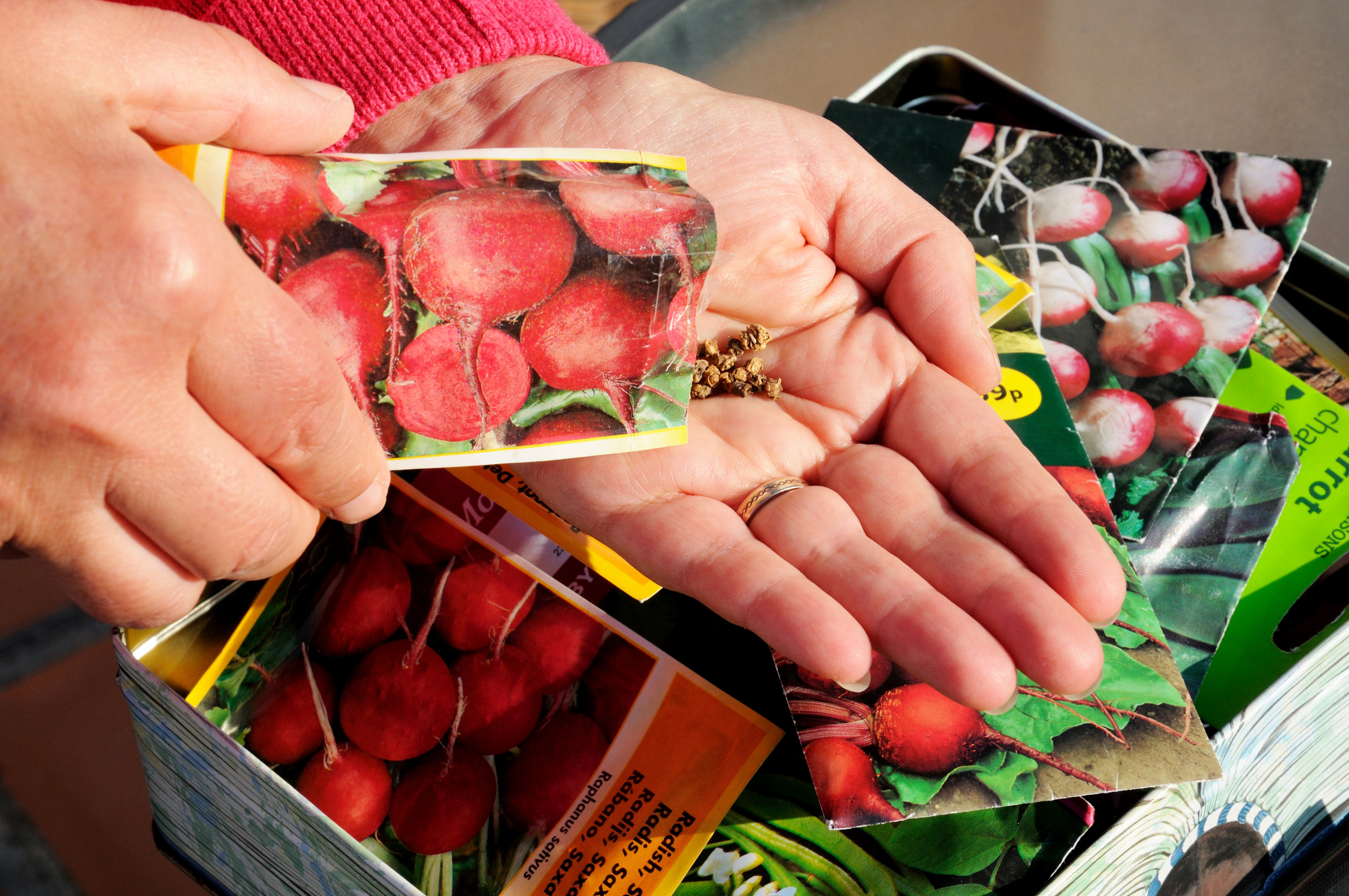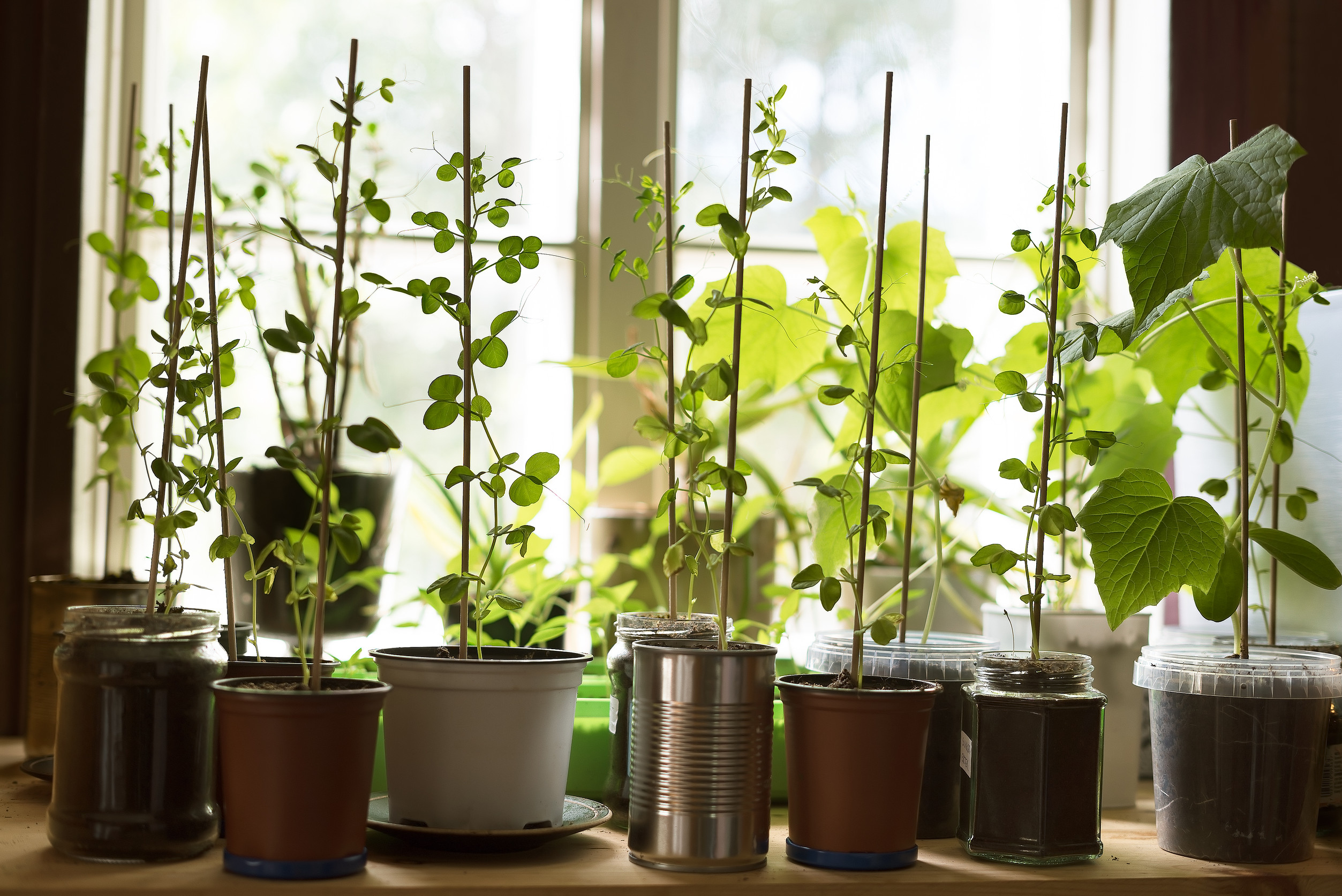
Image Source: 123rf.com
When January rolls around, the seed catalogs start to arrive in the mailbox. Then, as soon as February hits, I get a constant flood of seed starting photos popping up on my Instagram feed. It gets me excited for the gardening year ahead, but I’ve also learned to slow my roll. Just because someone else is starting seeds doesn’t mean it’s time for me to do so. The Internet is full of excellent seed starting calendars for different zones and regions, making it easy to know when it’s time to get going.
Most of the calendars are based on last frost dates. It’s important to note that the dates are ballpark figures. There have been years when I’ve followed a chart I found online and ended up having to transplant my tomatoes, peppers, and eggplants into larger pots because it was still way too cold to set them out into the garden, but they were beginning to show signs of stress from the small-sized starting containers. Timing is everything, but it takes a bit of practice to get into a groove.
Tricks of the Trade

Image Source: 123rf.com
Here are a few tips to help you get the timing right.
Use a notebook. The best way to figure out optimal timing is to take copious notes during the seed starting and transplanting process. Next year, you’ll have data to help you make decisions. Last year, for example, I started my tomatoes too early. Without my notes, I’d probably forget what I did, and I’d risk starting my seeds too soon all over again.
Follow other gardeners. Follow them on Instagram or read blogs to get a sense of what other gardeners do in terms of timing. Be sure to follow folks who garden in the same zone as you, but always remember that there are fluctuations and minor differences in temperature even in the same zone depending on where a person lives, where their garden is situated, etc.
Read seed packets. Don’t ignore the information on all those seed packets. Sometimes, you’ll find useful info that will help you get your timing right.
Mistakes to Avoid

Image Source: 123rf.com
I’ve made a lot of errors during the seed starting process, but thankfully, they’ve helped me learn and adjust.
Being too eager. Don’t start seeds too early. You’ll be left with plants that outgrow their pots, and you’ll be tempted to transplant them way too early.
Sticking to frost dates. Last and first frost dates are not set in stone. They’re simply guidelines. Just because the LFD in your area is usually May 15th, doesn’t mean you should set out transplants no matter what. Check the weather forecast and use your judgment.
Not hardening off seedlings. Your little baby seedlings are coddled indoors and require a bit of help getting used to the outdoor environment. It’s important to expose them little by little to the outdoors. This ties into being too eager, too. Don’t rush to get your plants outside. Be patient and acclimate them accordingly.
Resources to Help You Get Your Timing Right
- Regional Planting Charts from West Coast Seeds
- Smart Gardener Garden Planner
- You Grow Girl Spreadsheet Planner

Steph Coelho is a freelance writer gardening in zone 5b. She is a certified Square Foot Gardener and has taught various garden-related workshops. When she’s not digging in the dirt or writing, she’s cooking up fresh produce, running, or listening to her favorite podcasts.
Thank you for telling me all the different things I can start my plants in I have used paper towel rolls before but once I planted them they died I discovered I should have planted it deeper or cut the excess cardboard off for it dried the plant out.
Julie,
Glad to have given you some ideas. Some methods are hit or miss. I know some people who have huge success with cardboard egg cartons and towel rolls, but I prefer a tray system of some sort for organization purposes. It also depends on what you’re planting. Some plants require a deeper pot (e.g. tomatoes)